The morning I returned from the US, every paper was carrying the same cover story: Six Italian soldiers had been killed by a suicide bomber in Kabul. Corriere Della Serra, La Repubblica, even the local edition of The Metro, all seemed to be working with the same set of photos of the event’s aftermath. For the first time since we’d moved to Milano, it was like overhearing an entire country sighing, simultaneously. From left to right, the reaction was the same. Everyone was in a state of shock.
So was I, albeit for different reasons. Chalk it up to being in San Francisco for 9/11. Blame it on the overwhelming focus on US forces by international news broadcasters. So accustomed are we to placing an American face on military casualties in the War on Terror, the idea that Europeans might be making similar sacrifices can be a surprise. Nevermind the 7/7 2005 bombings in London, or the previous year’s violence in Madrid. When it comes to Vietnam-style stress, we instinctively imagine the US, perhaps, if we push it, the United Kingdom. Italy? Forget it.
Don’t let their numbers fool you. Despite being the largest contributor to ISAF (International Security Assistance Force,) the US military is only one of forty-eight countries with troops currently serving under NATO command in Afghanistan. Having contributed to the American-initiated effort since July 2003, with 3800 personnel on the ground, Italy maintains one of the largest foreign troop contingents in the country.
Following the United States and the United Kingdom, Italy is considered to be the third most active donor to peacekeeping operations in the world. Having contributed comparable numbers of troops to Iraq (3000, withdrawn in 2007,) with another 1780 troops (down from 2500) presently stationed in south Lebanon, it would be hard to argue that Italy has not played a similar, albeit smaller role, in the greater Middle East.
Judging from public dialogue one can find about the Italian military, in cities like Torino, it is hard to imagine Italy’s ongoing foreign troop commitments as being of equally small proportion. That is, in comparison to British and American deployments in west Asia. Considering how much the Italian military is actually invoked – whether it be in the form of children’s toys, or street art – its deployment, in the minds of many Italians, is equal in size.
Hence, the iconography. Military-clothed teddy bears photographed at a weekend celebration for Italian alpine forces in Torino’s Parco Valentino, May 7, 2011. Illustrations of Italian soldiers, on patrol, taken alongside the River Po, June 23rd.
For further reading, see Signs of War
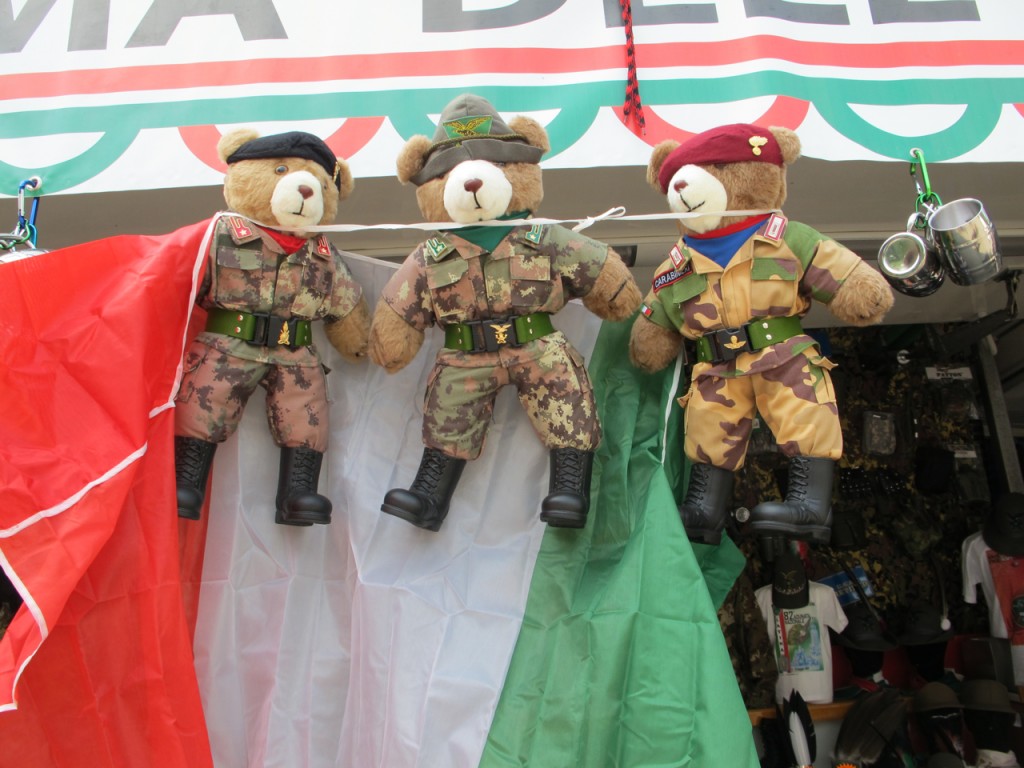



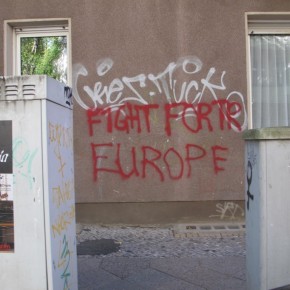

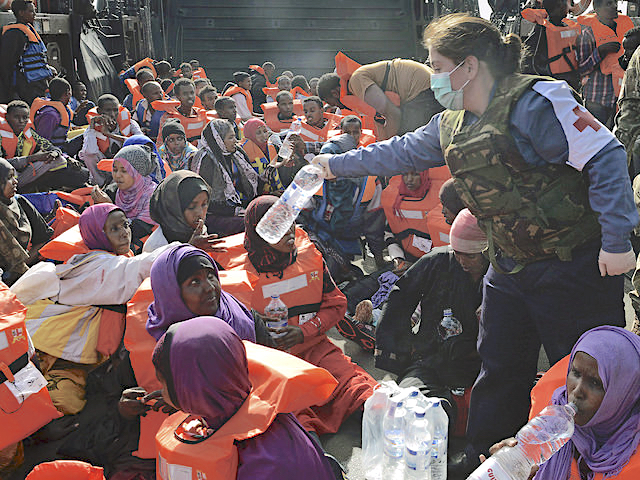
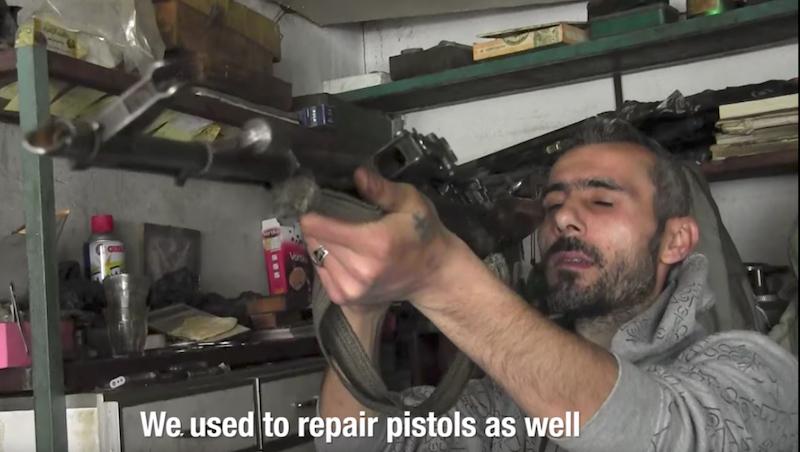
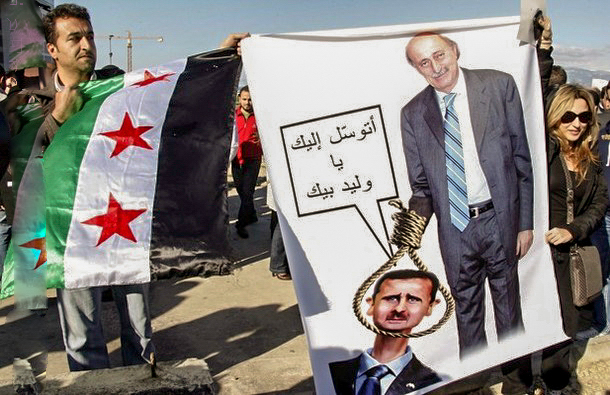
The large public consensus you witnessed in Torino on the occasion of the Alpini Corp day exceeds the sympathy that Italians would express towards any other corp. Reasons for such exceptional respect date back to WWI, when most of the bloodshed spilled out from the Black Feathers. I admit my own feathered hat being the only military icon sitting on a shelf here at home.
Other than such occasions, the average Italian would rather think of, or have an opinion about the military involvement, only when the TV news cover the hauling of cold coffins from distant shores.
Thanks for the comment, Antonello. I appreciate it. My observations are also informed by the time I lived in Milan, as well as here. We lived in the Via Padova-Piazzale Loreto neighborhood. It was crawling with soldiers and Carabinieri, every single day. There was a lot of anti-military sentiment in the neighborhood, as well. Some of it was a consequence of their presence. Some of it was attributable to the anti-war sentiments of the university campus on Via Beroldo, which had, at least then, a very strong communist presence.
Short, sweet, to the point.